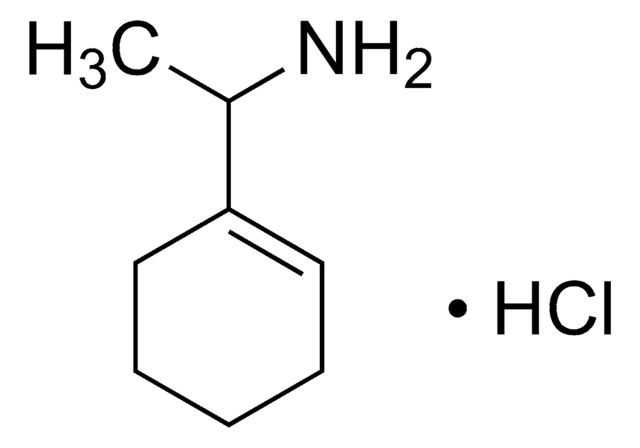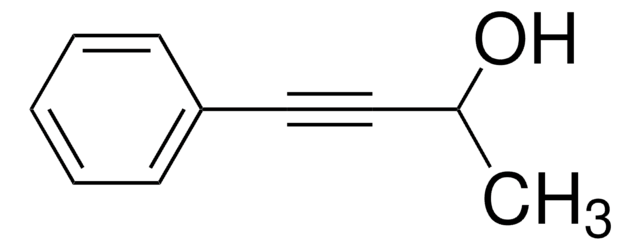E45309
Ethyl phenylpropiolate
98%
About This Item
Produits recommandés
Essai
98%
Forme
liquid
Indice de réfraction
n20/D 1.552 (lit.)
pb
260-270 °C (lit.)
Densité
1.055 g/mL at 25 °C (lit.)
Température de stockage
2-8°C
Chaîne SMILES
CCOC(=O)C#Cc1ccccc1
InChI
1S/C11H10O2/c1-2-13-11(12)9-8-10-6-4-3-5-7-10/h3-7H,2H2,1H3
Clé InChI
ACJOYTKWHPEIHW-UHFFFAOYSA-N
Vous recherchez des produits similaires ? Visite Guide de comparaison des produits
Code de la classe de stockage
10 - Combustible liquids
Classe de danger pour l'eau (WGK)
WGK 3
Point d'éclair (°F)
Not applicable
Point d'éclair (°C)
Not applicable
Équipement de protection individuelle
Eyeshields, Gloves
Faites votre choix parmi les versions les plus récentes :
Déjà en possession de ce produit ?
Retrouvez la documentation relative aux produits que vous avez récemment achetés dans la Bibliothèque de documents.
Les clients ont également consulté
Articles
MOST offers controlled solar energy harvesting and storage, addressing global energy demands with improved storage techniques.
MOST offers controlled solar energy harvesting and storage, addressing global energy demands with improved storage techniques.
MOST offers controlled solar energy harvesting and storage, addressing global energy demands with improved storage techniques.
MOST offers controlled solar energy harvesting and storage, addressing global energy demands with improved storage techniques.
Active Filters
Notre équipe de scientifiques dispose d'une expérience dans tous les secteurs de la recherche, notamment en sciences de la vie, science des matériaux, synthèse chimique, chromatographie, analyse et dans de nombreux autres domaines..
Contacter notre Service technique












